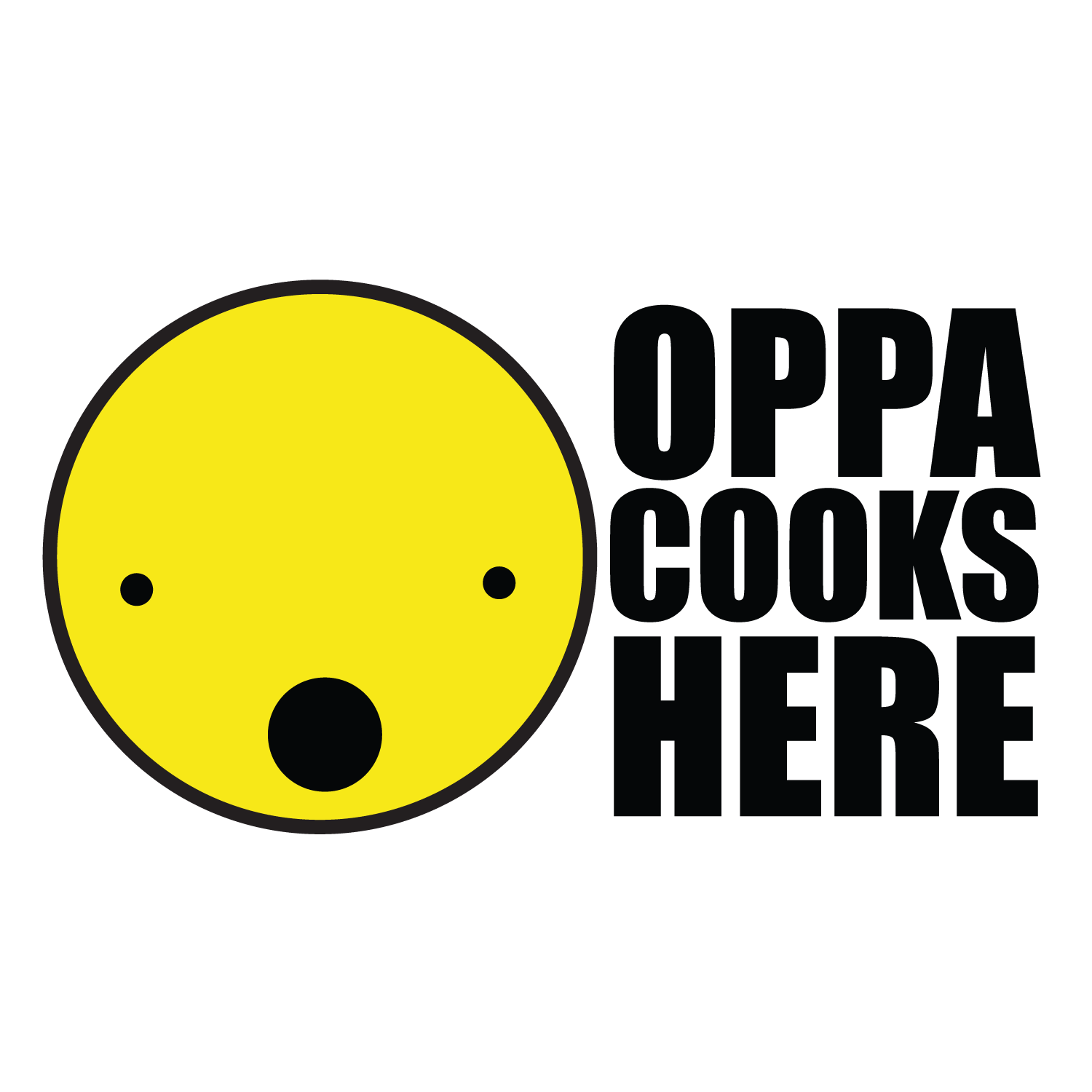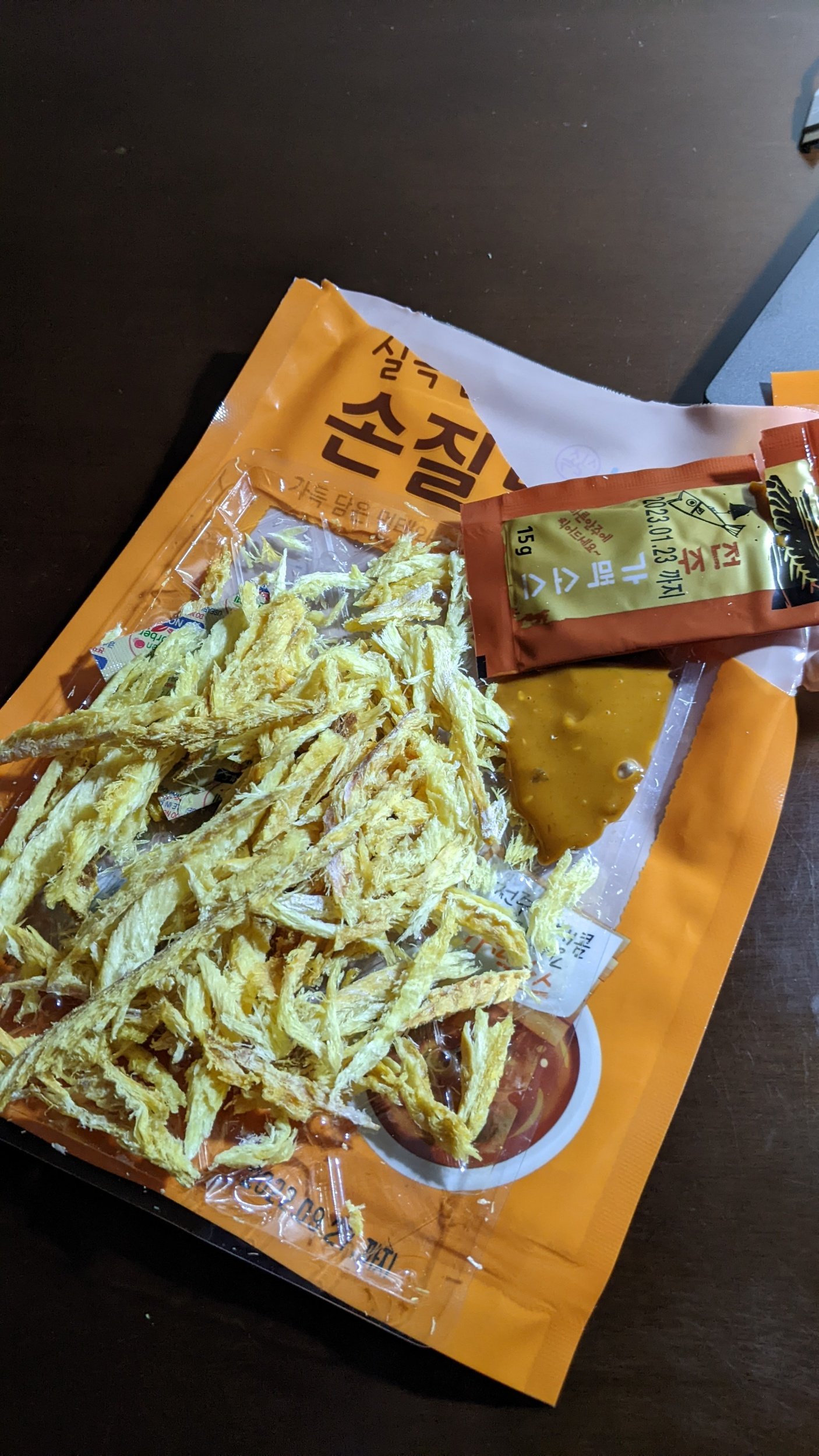Delicious Dried Pollock (Hwangtae): A Korean Delicacy
Here’s another dried ingredient that looks weird and intimidating but serves as an easy bar snack or soup component. Enter Alaskan Pollock, now a type of cod (source). You’ve probably had it fresh- most likely with butter and capers or as fish & chips.
Pollock is seriously Korea’s favourite- it’s sometimes even referred to as Korea’s national fish. So much so, there are many different names for it. Myungtae to refer to this fish in general. Hwangtae when the fish is in dried form. When it’s fresh, it’s called Saengtae. Dongtae when frozen. Read this great article by Heol Korea “Alaska Pollock: A Single Fish with Over 30 Different Names in the Korean Language”.
What is Hwangtae?
Hwangtae is what Koreans call Pollock that has been dried. The traditional Korean method involves drying it in cold winter months, alternating drying sessions with freezing sessions (“natural freeze/thaw cycles”, Wiki article) is what gives this dried fish its light golden colouring (hence the word Hwang for Yellow).
Overly yellow Hwangtae is a sign that it’s been dehydrated using machinery for mass-production (Hwangtae found on sale at the local grocery store).
How do you Pronounce Hwangtae?
황태 "Hwang-Tay"
How is Hwangtae made?
GwangWonDo is a coastal area in the north-eastern shores of Korea. The colder temperatures and biting winds make it the ideal environment to practice the traditional drying method (of naturally freezing and thawing until completely dry) that will take place from Dec~March.
Pollock fish are hung from strings in rows upon rows (on wooden racks) and nature will do its thing in the winter. You will know you are buying Hwangtae processed in this traditional method as it will not be the cheapest product available and by its gently golden colouring. The texture as well will produce soft crumbs if crushed between your fingers.
Companies use mechanical processes to speed up manufacturing for mass production. It'll have a harsher yellow colour and will be a bit tougher but the friendly prices means Hwangtae for all!
Is Dried Pollock healthy?
Like any fish, Pollock is rich in fatty acids (Omega-3) which lowers blood pressure, slows the development of plaque in arteries and can reduce the chance of heart attack and stroke. It’s also high in B vitamins (helps body run the way it should) and phosphorous (muscle recovery, promotes healthy nerve conduction).
As an added bonus, Pollock is extremely flavourful. Very tasty indeed.
How to use Hwangtae?
We mostly use this long-lasting dry ingredient to make Korean Pollock Soup (recipe by Kimchimari). It’s a mild, yet filling clear soup that is so soothing on a cold day. It’s a popular hangover soup in Korea, although personally, I still prefer greasiness courtesy of Mickey D’s.
There are many Korean banchan (side dishes) you can make with this as well. Spicy with Gochugaru or savoury with soy sauce, you can take your pick.
My fave thing to do (which does not involve cooking 😘) is to simply cut or shred to bite-sized pieces and dip in Gochujang. Not that I drink much, but I want to mention this does go very well with a cold one.
You may be able to find ready-to-eat dried pollock snacks to eat with dip at your local Korean grocery.
How to store dried pollock?
It’s recommended to keep in a cool, dark place. The pantry shelf will be fine. If you want to store for a long time, stick it in the freezer.
Korean Recipes featuring Hwangtae
Dried Pollock Soup (Maangchi)
Soy Sauce Seasoned Dried Pollock (Seoul Bytes)
Spicy Gochujang Dried Pollock (Maangchi)
Sweet-and-Spicy Dried Pollock (Crazy Korean Cooking)


